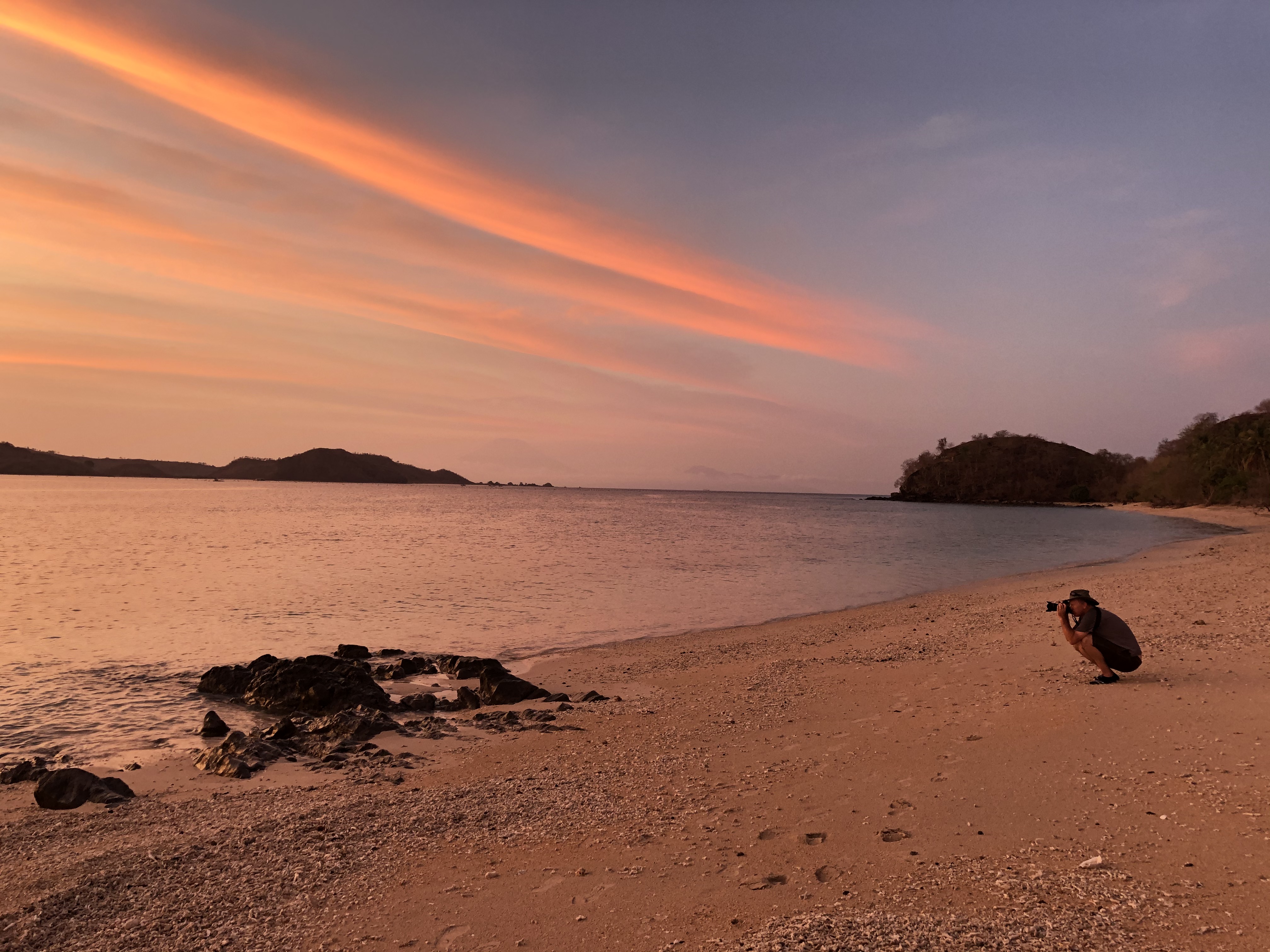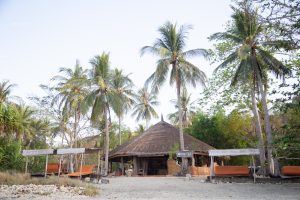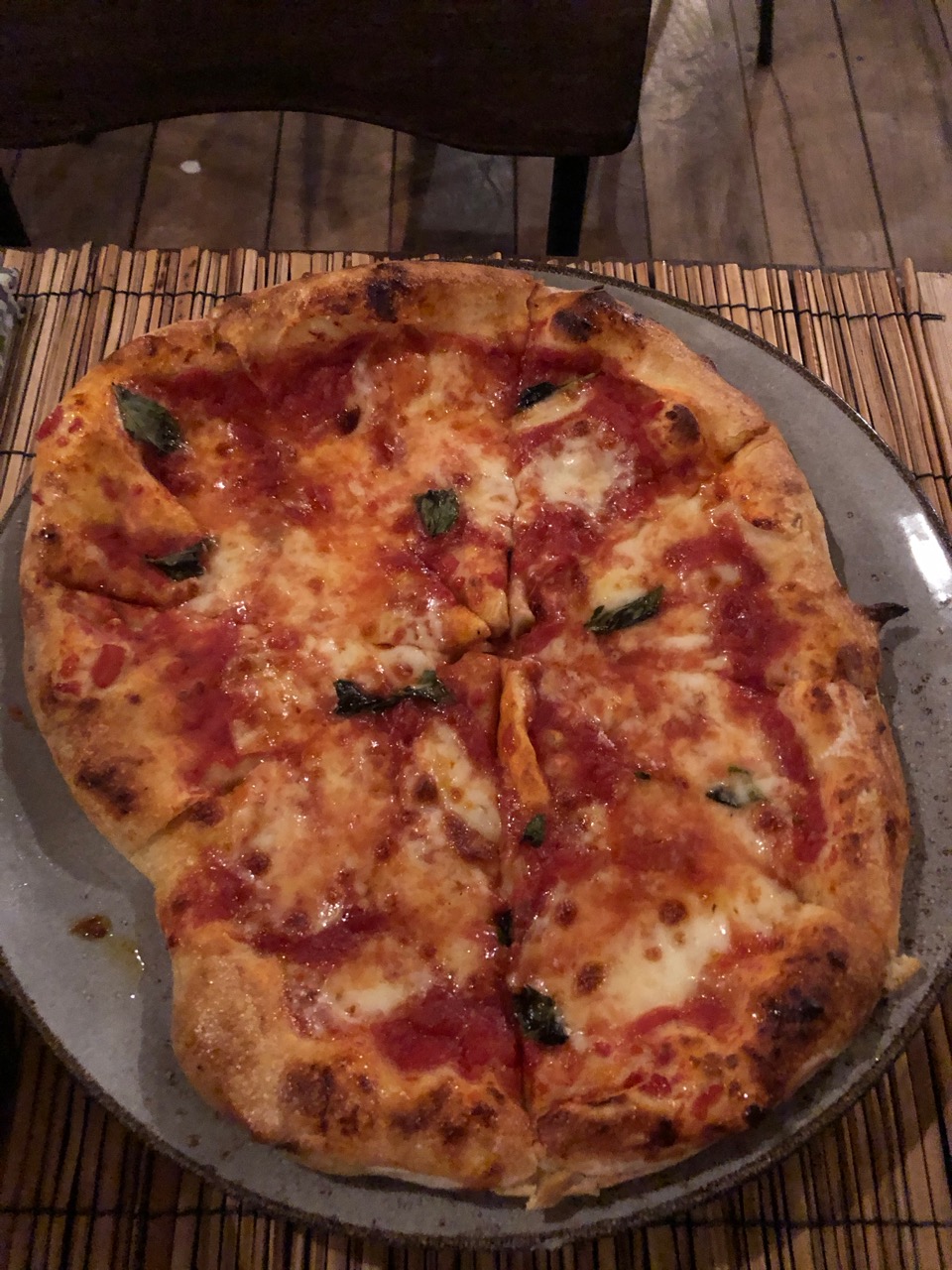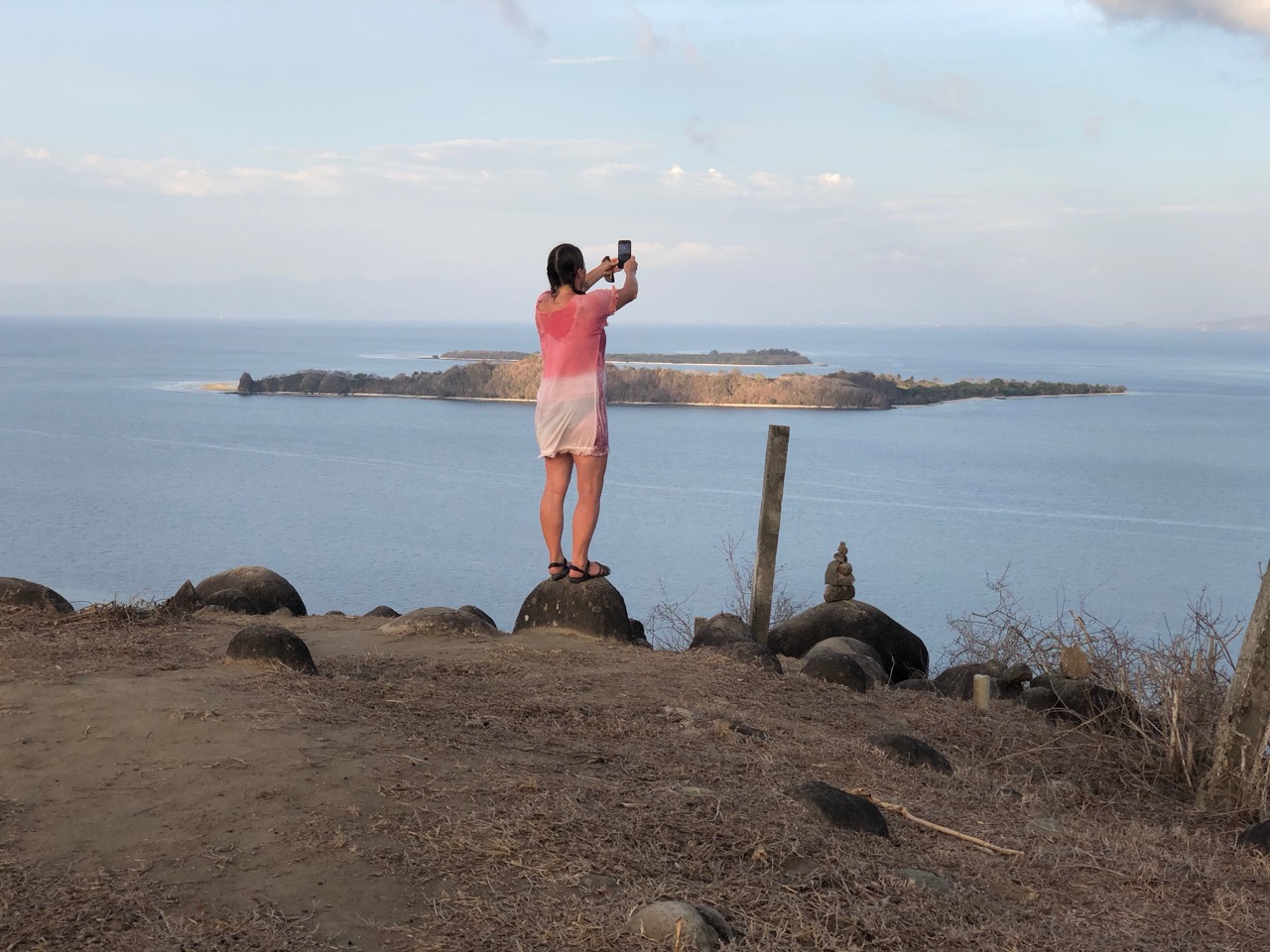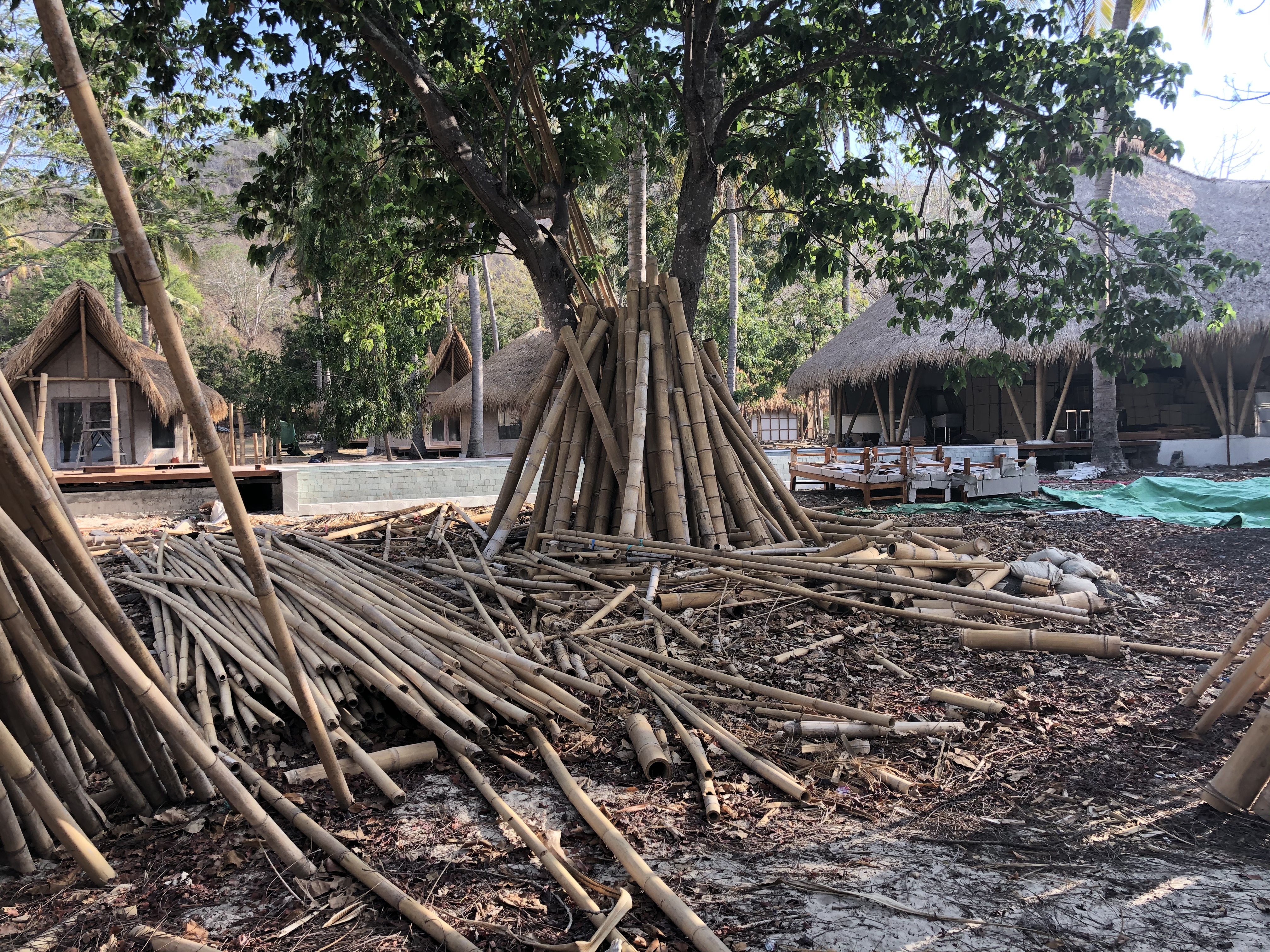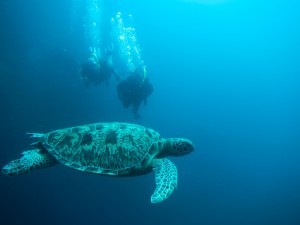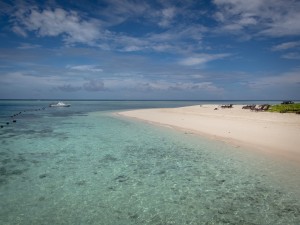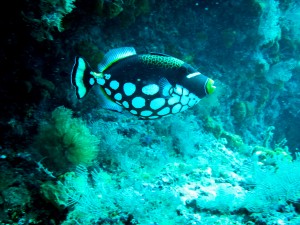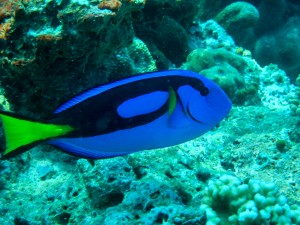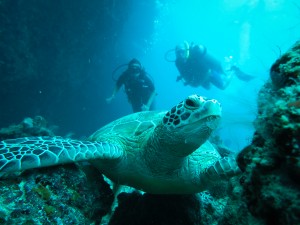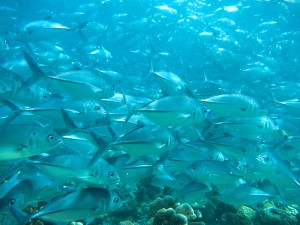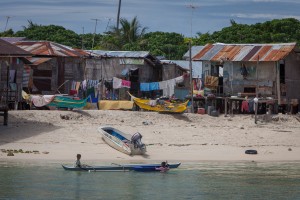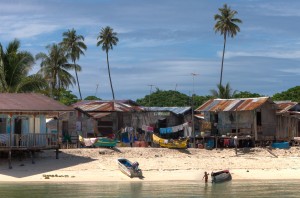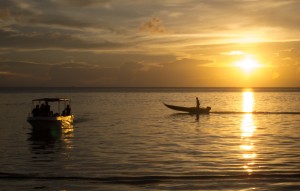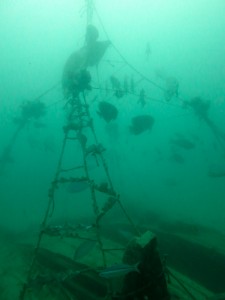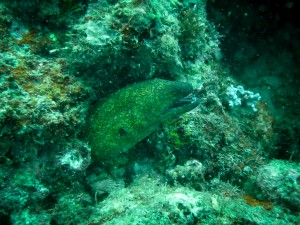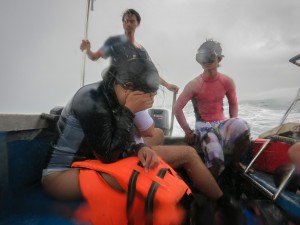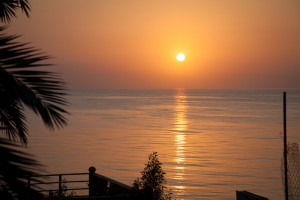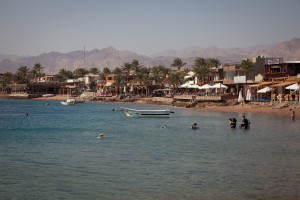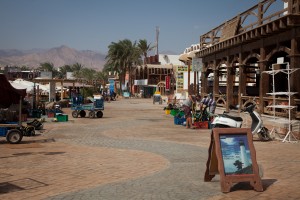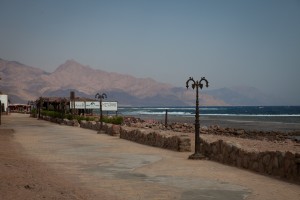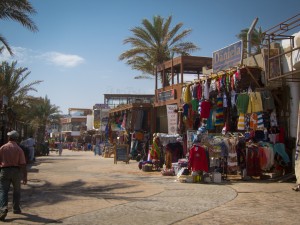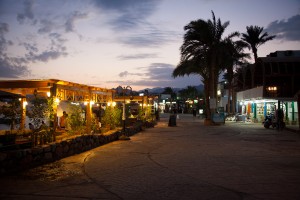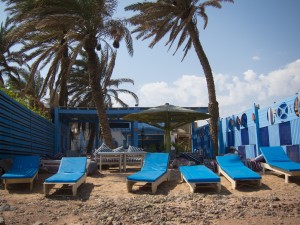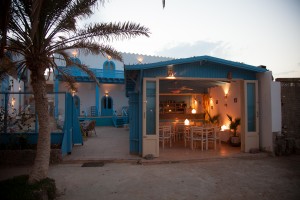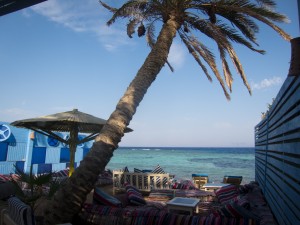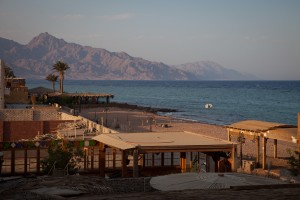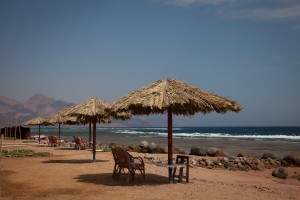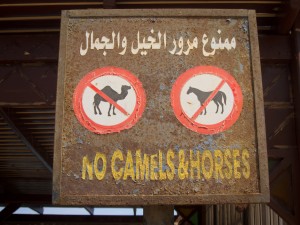I won’t deny it – we aren’t sleeping well without air conditioning, and without solid walls to protect us from our natural environment. On the first night we dutifully enclose ourselves behind the mosquito nets as instructed during our welcome briefing, keeping the fans running full tilt, but we toss and turn in the stifling stillness of the night. The mosquito nets may keep the insects at bay, but they also block any possibility of air movement around us. It feels as if we are cooking in an oven.
On our second night, we choose a possible breeze over the possible invasion of insects as we sleep with the mosquito netting tied in knots against the pillars of our bed. This is marginally more comfortable, until we are awoken in the middle of the night by ferocious screams just outside our hut – what we think are two domestic cats attacking each other. Silly as it sounds, I feel so exposed without our flimsy mosquito nets protecting us! Throughout the night, insects transcend my dreams. As the light of dawn is breaking, I am again awoken by a strange noise, this time, I am certain it is coming from inside our hut. Sure enough a small gecko is making a racket on the wall next to Chris’ side of the bed. For reasons quite unknown and quite illogical to me, I am unconcerned and slip back into a final, fitful sleep. Later we call the little gecko Fred, who we view as a friend. Little do we know the nasty fate that awaits him in a few days.
Possibly worse than the stifling heat in our bungalow at night, is the lack of fresh water. We are perpetually coated in a sticky, greasy residue of salt water. There is nothing to be done about the situation, as there is a serious drought all over southern Lombok as the locals patiently await the rainy season, and so we must just make do.
Perhaps as compensation for these discomforts, the one and only restaurant on the island, the one belonging to our lodge, offers a largely Italian menu, including many home made pasta choices. Of course there are the six Indonesian dishes that seem to appear on every tourist menu, dishes that we have dutifully eaten many times. The allure of Italian food for the week sounds wonderful to us. As it turns out, it is easy to get tired of mediocre Italian food too.
But let’s not forget, we are on a tropical island surrounded by crystal clear water that ranges from almost translucent along the shallow shoreline to aquamarine, deep turquoise, and finally marine blue at its deepest. Palm trees sway in the gentle breeze, as a peaceful serenity engulfs us. Any discomforts seem rather insignificant in the grand scheme of things.
Each day we snorkel in the warm sea in front of our bungalow, and while the coral reef has been battered for multiple reasons, the abundance of sea life is mesmerizing. It is like swimming in an exotic aquarium, schools of colourful fish and other sea creatures abound. We were each given a set of snorkel gear for the week and we love being able to head out to the reef whenever we want.
A combination of warmer ocean temperatures, strong currents and tourism have conspired to wreak havoc on the reef, where most of it is now dead and piling up on the shoreline with each incoming tide. The owners of the eco lodge are trying desperately to restore the reef, and there are some signs of recovery. But it is a never-ending battle against nature and man.
As we traverse the circumference of the island at the end of the first day, hopeful to catch the sunset from the island’s highest western peak, we are saddened by the mountains of dead coral that have been washed ashore all around the island. Janna, the lodge manager, has been here for six years, and in that time she has seen the corals go from a colourful, vibrant reef, to almost nothing. In just six years! And this is happening on all the reefs in this area. It really is heartbreaking to observe first hand how our oceans are being stressed by our short sighted and destructive behaviours.
This island is small; it takes about an hour to walk around it. There is a small village of 36 families who have been living here for several generations. They live a simple, communal life farming the land and raising livestock. Their herds of goats, cows and chickens have free run of the place, truly “free range”. It was not uncommon to find goats and chickens in our front yard nibbling on whatever they could find. The eco lodge sponsors multiple initiatives to help their neighbours such as collecting donations to pay the salary of two teachers who come to the island each day. An abandoned pearl farm consumes prime real estate on the other side of the village. There is a smattering of tourist bungalows on the other side of the village, and a larger resort under construction. This island may not be the same in the years to come.
We discover there is limited internet available – at least for about an hour each the morning – just enough time to send off some emails to family to let them know we are ok and reachable in case of an emergency. It has been refreshing to disconnect. It means finding ways to entertain ourselves, something we manage to do just fine.
Chris and I play a couple of games of checkers – a game neither of us has played for years. I swear Chris keeps making up the rules as we go along, and without internet, it is difficult to refute. It makes for some good laughs as he realizes he is often applying the rules of chess to our checker game. Each day we bury ourselves in our respective books under the shade of the palm trees on the loungers at the edge of the beach. By the end of the week, we have read five books between us.
When we tire of board games, books and puzzles, not to mention our daily afternoon pizza and beer, we take long walks along the beach, searching out the most beautiful shells we can find, discovering new treasures from the sea with each incoming tide. Sometimes we just get plain silly, like Chris modelling all the different ways to wear our beach “towel”, which is nothing more than a cotton sarong. We have many conversations speculating about how we would survive if we really were lost on a deserted island. We also question which characters we best represent if this was Gilligan’s Island. Of course, Chris can relate to the Professor, but we both agree that given our age and our predilection for daily cocktail hour, we would probably be cast as Mr. and Mrs. Howell.
“I am quite enjoying this rhythm”, Chris declares at some point after the first couple of days. I couldn’t agree more.
